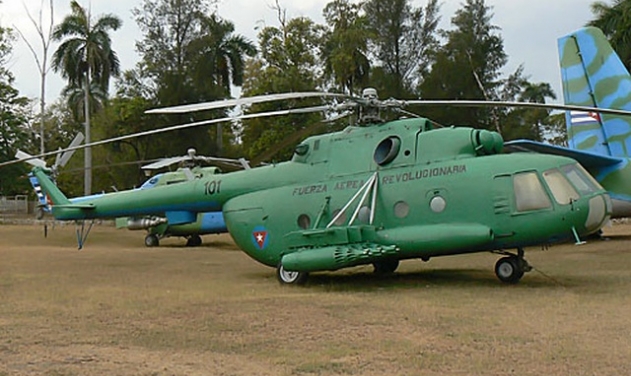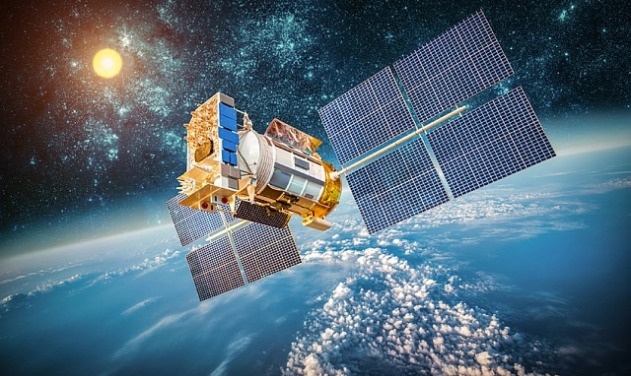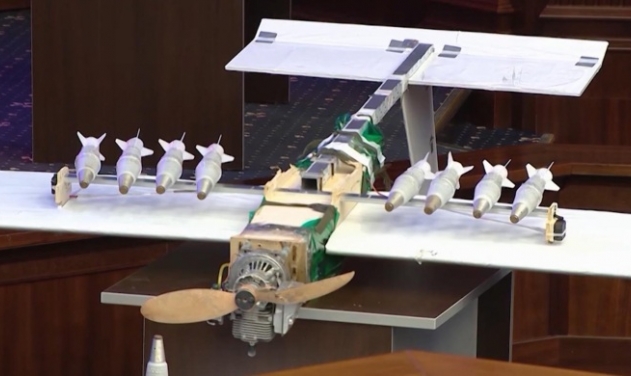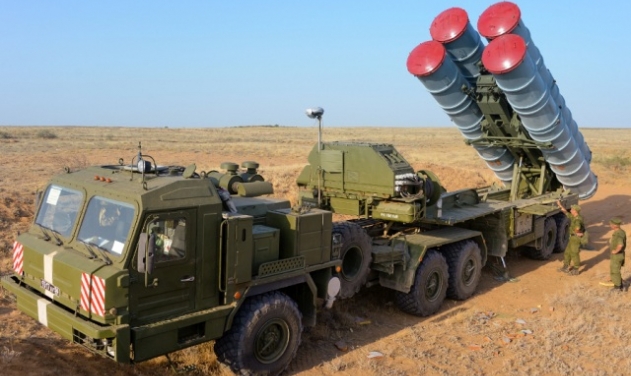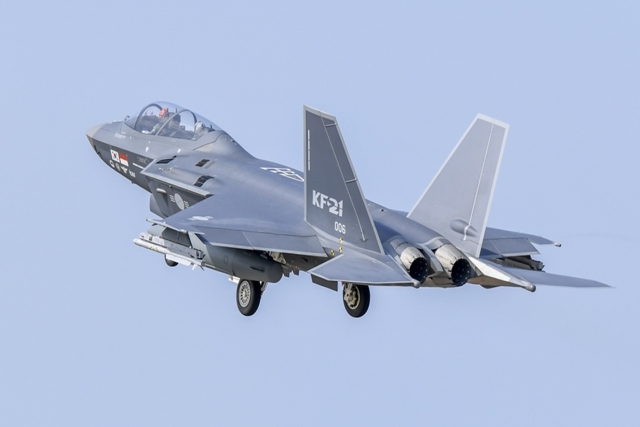Russian Avangard Ballistic Missile to Enter Service in 2019
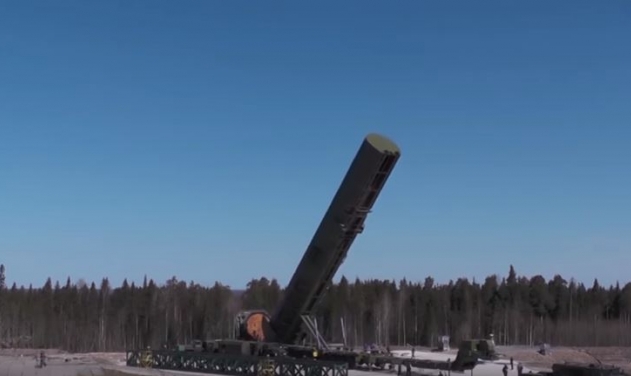
Russia plans to deploy its first Avangard hypersonic intercontinental ballistic missile (ICBM) and a hypersonic glide vehicle to service by the end of 2019.
"The scheduled period for placing the lead regiment on combat duty is the end of 2019. Initially, the regiment will comprise at least two systems but eventually their number will rise to their organic quantity of six units," an unnamed source was quoted as saying by TASS Monday.
According to the source, the Avangard system is expected to enter service in late 2018 or early 2019.
In compliance with the established procedure, a control launch of the glide vehicle’s carrier, the UR-100N UTTKh missile, is expected to be carried out before the hypersonic system is accepted for service. However, considering the successful previous launches of the glide vehicle itself and the existence of the reliable and already tested missile, possibly no such a launch will be conducted," the source said.
The Russian Defence Ministry had signed a contract for the mass production of the Avangard strategic missile system in March this year. Details of the new weapon were first confirmed by Russian President Vladimir Putin in his State of the Nation Address to the Federal Assembly on March 1.
The Avangard is a strategic intercontinental ballistic missile system equipped with a hypersonic glide vehicle. According to open sources, the ‘breakthrough’ weapon was developed by the Research and Production Association of Machine-Building (the town of Reutov, the Moscow Region) and was tested from 2004. The glide vehicle is capable of flying at hypersonic speed in the dense layers of the atmosphere, maneuvering by its flight path and altitude and breaching any anti-missile defense.
The Avangard is a strategic intercontinental ballistic missile system equipped with a hypersonic glide vehicle. According to open sources, the weapon was developed by the Research and Production Association of Machine-Building (the town of Reutov, the Moscow Region) and was tested from 2004. The glide vehicle is capable of flying at hypersonic speed in the dense layers of the atmosphere, maneuvering by its flight path and its altitude and breaching any anti-missile defense.
Currently, Russia’s Strategic Missile Force operates 30 silo-based missiles of this type, according to open sources. The missile has a takeoff weight of about 100 tonnes and a throw weight of around 4.5 tonnes.
The deployment is significant after United States President Donald Trump announced that the US planned to pull out of the Intermediate-Range Nuclear Forces Treaty, or the INF Treaty.
Trump has said that because Russia was violating the agreement and China wasn’t a party to it, he saw no reason for the US to continue abiding by the agreement on its own.

